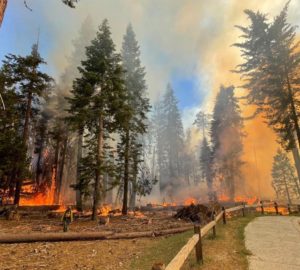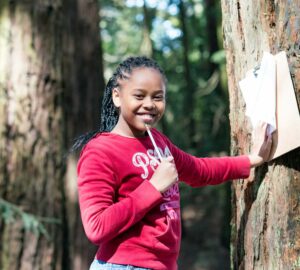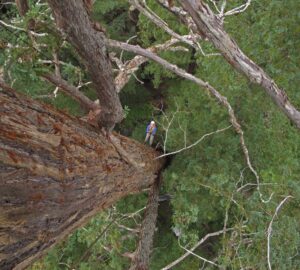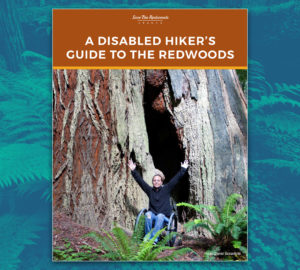New BIPOC grant program supports student’s research
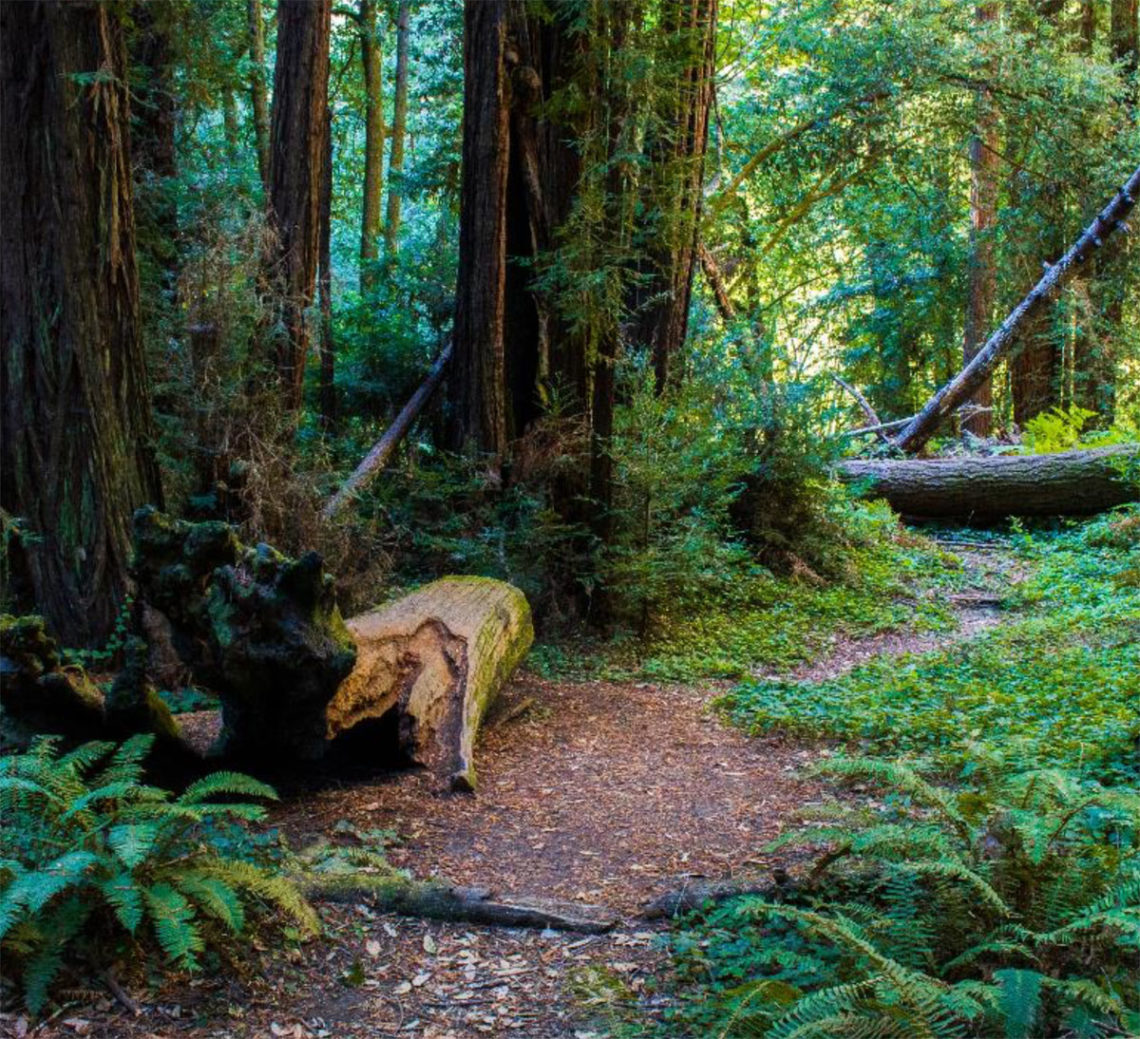
The wildland-urban interface, or WUI, is the zone where a forest meets land that has been altered or developed by people. Scientists have learned that “edge effects” can occur at these boundaries. A subdivision or logging operation at the WUI, for example, can compact soil and change how nutrients flow in and out of the forest. This in turn can influence what trees, plants, and wildlife thrive in these areas. Development at the WUI can also make life harder for certain animals by breaking up their habitats.
While edge effects have been widely studied, their influence on coast redwood forests is not understood as well. For this reason, Nanako Oba, a graduate student in the Environmental Studies Department at San Jose State University, conducted a study at the Forest of Nisene Marks State Park to investigate the edge effects on soil, trees, and understory plants in recovering second- and third-growth redwood forests. The 10,000-acre park is in Santa Cruz County. Oba’s research is supported by the Save the Redwoods League Redwoods Research Student Starter Grant Program for Black, Indigenous, and People of Color.
Oba took samples at the park’s southwest border, which is adjacent to a residential neighborhood. The sampling lines, or transects, started at the boundary and ran 300 meters into the forest so she could observe how conditions changed as the distance from the WUI increased. Control transects in the middle of the park allowed her to compare conditions at the WUI with the park’s forested interior.
Oba measured several aspects of the soil, including moisture, temperature, and pH. She also inventoried the tree canopy, the number and kinds of trees in her samples, and the plants growing on the forest floor.
Oba discovered distinct differences. For example, soil temperatures and compaction decreased toward the park’s interior, while soil moisture, pH, and duff depth increased. Soil moisture was also greater in the control samples than at the WUI.
Forest structure and species composition also varied. The forest canopy was more open at the forest edge where live oaks dominated. Canopy cover was greater in the interior, where coast redwoods were more abundant. There was also a greater variety of plants that typically grow in redwood forests, such as redwood sorrel and Pacific trillium, as well as greater abundance toward the park’s interior and in the control samples, while nonnative plants increased at the edge.
Oba concluded that the urban edge effect has contributed to the current soil properties, stand structure, and understory composition at the forest edge in this coast redwood park.
“I hope this work will inspire more studies of the WUI in redwood forests, which will ultimately help forest managers make informed decisions about how to best protect these special ecosystems,” Oba says.

